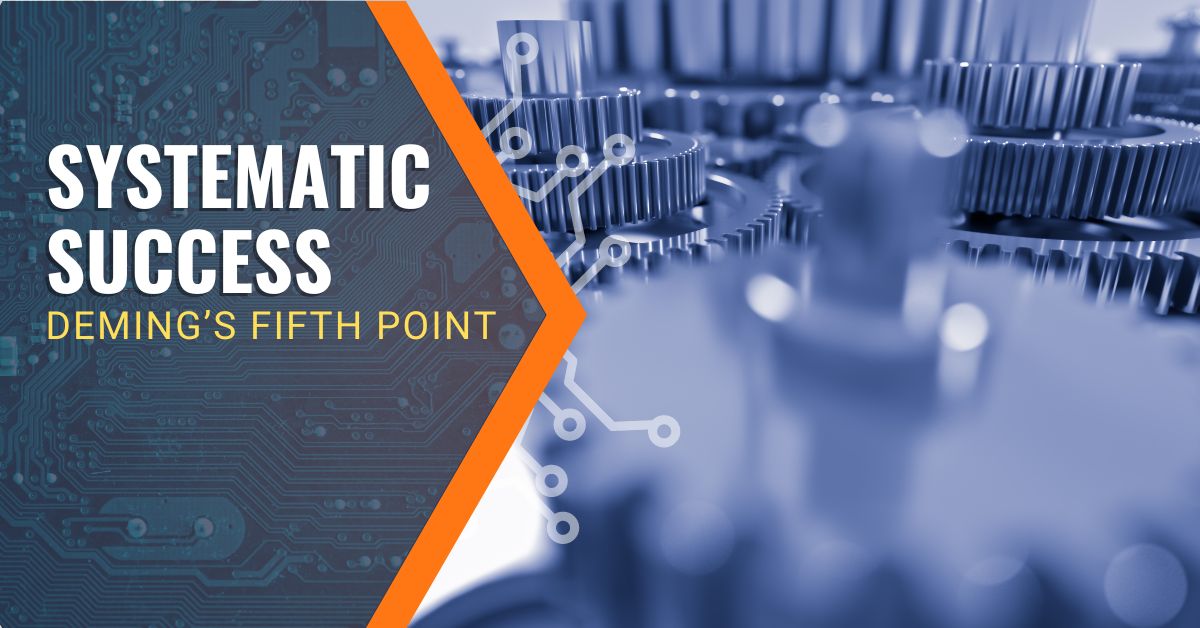Continuous improvement is not just a one-time initiative; it requires a fundamental shift in mindset and the creation of a culture that values ongoing enhancement. To foster this culture, organizations must encourage open communication, collaboration, and a willingness to learn from mistakes. Employees need to feel empowered to identify areas for improvement and propose innovative solutions. By creating a safe and supportive environment, businesses can cultivate a culture of continuous improvement that drives long-term success.
Creating a Culture of Continuous Improvement
Embracing a culture of continual improvement involves implementing regular feedback loops. This can be achieved through performance evaluations, customer surveys, and employee suggestion programs. By actively seeking feedback and acting on it, organizations can identify areas of improvement and make informed decisions. Providing professional development and training opportunities is vital, as these initiatives encourage employees to enhance their skills and contribute to the organization’s growth.
Leadership and Empowerment in Continuous Improvement
Building a culture of continuous improvement also depends on effective leadership. Leaders must set clear expectations, provide guidance, and lead by example. They should encourage experimentation, support risk-taking, and reward innovative ideas. Fostering a culture of trust and openness, leaders can motivate employees to actively participate in the improvement process and create a shared vision of success.
The Deming Cycle: A Framework for Continuous Improvement
The Deming Cycle, also known as the PDCA cycle (Plan-Do-Check-Act), is central to continuous improvement. It provides a structured approach to problem-solving and improvement.
The planning step involves setting clear goals and objectives, identifying improvement areas, and developing a plan of action. Involving key stakeholders in the planning process is essential to ensure collaboration and buy-in.
Executing and Monitoring the Plan
The “Do” phase involves implementing the planned changes and collecting data to assess their effectiveness. Monitoring the implementation process and making necessary adjustments are crucial.
Evaluating and Acting on Results
After implementing changes, the “Check” phase evaluates the results against desired outcomes. Data analysis measures performance, identifies trends, and informs decisions.
The “Act” phase involves implementing improvements, standardizing successful changes, and addressing issues. The cycle repeats to ensure that continuous improvement is an ongoing process.
- Utilize visual management tools for real-time progress tracking.
- Establish benchmarks for success aligning with organizational goals.
- Conduct regular check-in meetings to discuss improvements and assess project status.
- Encourage members to engage in problem-solving training to enhance analytical skills.
- Document all Deming Cycle phases for reference and organizational learning.
Balancing Innovation with Process Discipline
Innovation is essential for continuous improvement but must be balanced with process discipline. Organizations should encourage creative thinking and establish clear guidelines and procedures. This balance allows for the effective implementation of innovative ideas into existing processes.
Embracing Agile Methodologies and Technology
Implementing agile methodologies such as Scrum and Kanban provides frameworks for iterative development and constant improvement. These methodologies prioritize collaboration, adaptability, and rapid feedback, enabling quick responses to changes and process enhancements.
Leveraging automation tools, data analytics, and machine learning algorithms offers valuable insights and reveals optimization areas. Using technology can lead to increased efficiency, accuracy, and productivity.
Collective Effort in Continuous Improvement
Continuous improvement is a collective effort, with all stakeholders engaging in the process. Encouraging cross-functional collaboration, knowledge sharing, and learning communities is key to sustaining development.
Fostering Collaboration and Knowledge Sharing
Using cross-functional improvement teams maximizes diverse perspectives and skills, generating innovative solutions and driving continuous improvement. Creating knowledge-sharing and learning opportunities through meetings, workshops, and training sessions helps share best practices and accelerate improvement.
Celebrating Success in Continuous Improvement
Acknowledging and rewarding individuals and teams reinforces the importance of continuous improvement and motivates others to participate.
Driving continuous business improvement involves embracing a culture of continual improvement, leveraging the Deming Cycle, balancing innovation with process discipline, and sustaining development through collective effort. Adopting these strategies enhances processes, delivers superior products and services, and achieves sustainable growth.
Continuous improvement is a journey, not a destination. It requires dedication, perseverance, and a commitment to ongoing enhancement. Embrace continuous improvement, and watch your business flourish.

